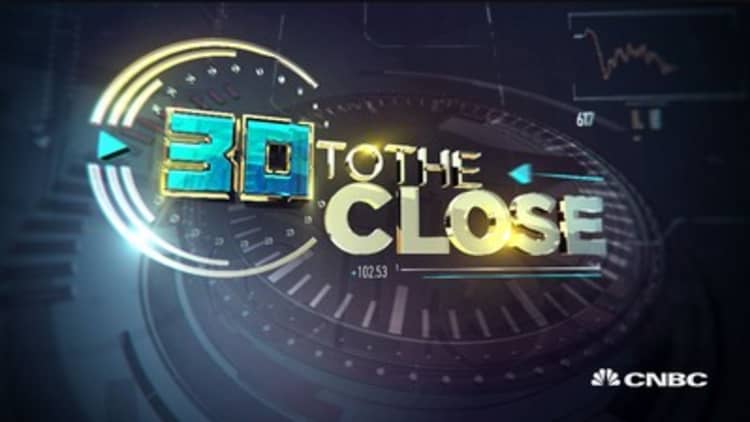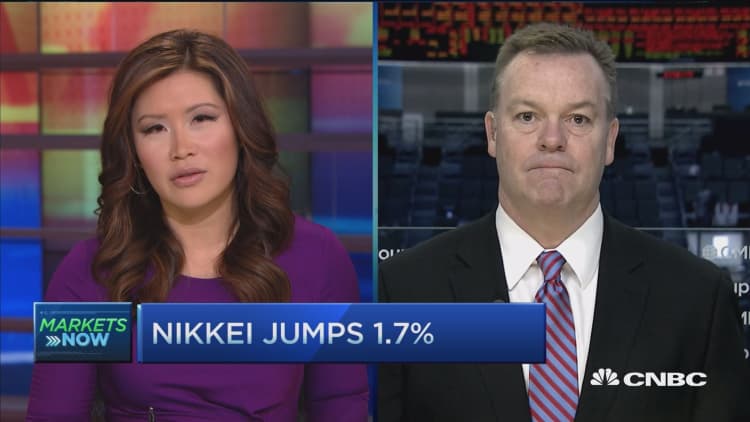
Investor beware. Buying into this rally could be costly.
The benchmark index has risen more than 10 percent since hitting its Feb. 11 intraday low of 1,810.1. However, longtime bear Brad Lamensdorf said in a report released this month that the market is likely to take another leg lower.
"The number of 52-week highs was nonexistent, which indicates a broad lack of leadership. The pathetic bounce speaks to the narrow nature of the advance," said Lamensdorf, co-manager of Advisor Shares Ranger Equity Bear ETF, in the report.
Since Feb. 11, only 68 stocks have hit new 52-week highs, while 107 have plunged into fresh 52-week lows, as of Monday's close. In 2016, just 84 stocks have reached new 52-week highs, and 285 have hit new 52-week-lows.

One of the few stocks that has reached a new 52-week high is Tyson Foods on March 7.
"You've got a lot of stocks that have bounced pretty high, but are still in some technical trouble," Lamensdorf said in a phone interview with CNBC. "For every Tyson Foods, I can find at least 10 Citigroups."
Citigroup stock blew through its 2015 fall lows by 20 percent in January, he said, and hit a 52-week low of $34.52.
Another reason investors need to be cautious with this rally is the rise of the price-to-sales ratio in the S&P, the report said. "The price-to-sales ratio is at a 40-year high, indicating that the current market is fundamentally overvalued."
U.S. stocks began the year in free fall, with the three major indexes dropping into correction territory amid a massive decline in oil prices, as well as concerns about economic growth, before kicking off a rally that has lasted about a month.
"Typically, in bear markets, you get these oversold bounces and that serves to pull people in before they roll over again," Adam Sarhan, CEO of Sarhan Capital, said in a phone interview. "But if this is a bear market, it's a very shallow one."
"We didn't even hit 20 percent off the 52-week high on the S&P."
Peter Cardillo, chief market economist at First Standard Financial, said he expects stocks to go higher in the short term because of two factors: the options expiration on Friday and the Federal Reserve.
"When you have an upwardly trend heading into [options expiration], that usually means we'll end up with an up close to the quarter," he said in a phone interview.
Cardillo expects the Fed to keep interest rates unchanged when its policymaking committee meets this week, "but I do expect them to communicate that, while they're looking at overseas events, the economy here is doing well."
He also said the S&P is likely to hit the key 2,075 level, but "after that, I think we're probably due for a pullback."
Lamensdorf said he anticipates the rally to end either in the second or third quarter of this year. "I think the market stays pretty much intact heading into quarter's end," he said in the interview. "As we get closer to the summer, it's going to get much more volatile."
Disclosure: The Advisor Shares Ranger Equity Bear ETF does not have positions in Tyson or Citigroup.




